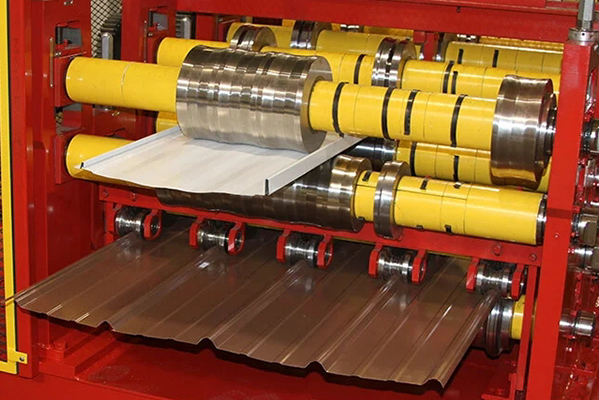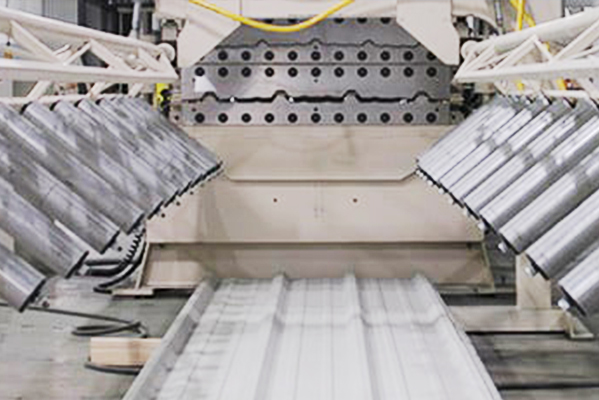Navigation Menu
Contact Us
- Email:
- info@wxavatar.com
- Address:
- Yurong Village, Yuqi Street, Huishan District, Wuxi, China.
Release Date:Jul 30, 2025 Visit:35 Source:Roll Forming Machine Factory
Roll forming machines play a critical role in metal fabrication, transforming coiled metal into precise cross-sectional profiles. Understanding the factors that influence their operational efficiency helps manufacturers optimize production output while maintaining quality standards. This article examines the primary elements affecting roll forming machine performance.

Material Characteristics
The type and properties of the metal being processed significantly impact machine efficiency. Material thickness, hardness, and elasticity affect how easily the metal passes through forming stations. Consistent material quality from suppliers reduces unexpected downtime for adjustments. Galvanized metals, for instance, require different handling than aluminum alloys to prevent surface damage during forming.
Machine Design and Configuration
Modern roll forming equipment with precision-engineered components typically demonstrates higher efficiency. The number of forming stations, roll tooling geometry, and shaft rigidity all contribute to smooth operation. Proper alignment of all forming stands ensures uniform pressure distribution and minimizes material stress. Machines designed with quick-change features for different profiles reduce setup times between production runs.
Tooling Condition and Maintenance
Well-maintained tooling is essential for consistent performance. Worn or damaged rolls cause imperfections in the final product and may lead to increased scrap rates. Regular inspection of tool surfaces for wear patterns and timely regrinding or replacement maintains forming accuracy. Proper lubrication of all moving parts reduces friction-related energy losses and extends component lifespan.
Process Parameters Optimization
Correct adjustment of machine settings for each specific job affects both speed and quality. Parameters such as roll gap settings, forming speed, and entry/exit guide positions require careful calibration. Computer-controlled systems can store optimal settings for different materials and profiles, reducing setup errors. Monitoring systems that track forming forces help identify when adjustments are needed.
Operator Skill and Training
Experienced operators who understand the relationship between machine settings and product outcomes can significantly improve efficiency. Comprehensive training programs covering machine operation, troubleshooting, and preventive maintenance contribute to smoother production runs. Operators familiar with the equipment can often anticipate and prevent minor issues before they cause stoppages.

Production Planning Considerations
Efficient scheduling that groups similar profiles together minimizes changeover time. Adequate raw material inventory planning prevents unplanned stops due to material shortages. Implementing standardized work procedures for common tasks reduces variability in operation times between shifts.